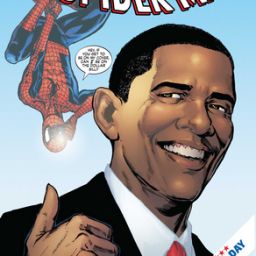At a time where no one was looking, Judge Ruben Castillo has issued an order in the case of Klinger v. Conan Doyle Estate, Docket No. 1:13-cv-01226 (Northern District of Illinois December 23, 2013). This case will likely be appealed upwards, so this is likely just an interim yay! But this is an overall positive for Sherlock, and for other characters that bridge the public domain and copyright.
Considering that this order is in response to a summary judgement motion, there are definitely elements of the order that will make non-lawyer Sherlockians feel icky — such as differing dates for Holmes’ retirement. But overall, this ruling is good news for Sherlock Holmes and the public domain. Castillo states that everything that is in public domain stories of Sherlock Holmes is in the public domain. However, story elements in copyrighted works *are not* in the public domain.
The effect of adopting Conan Doyle’s position would be to extend impermissibly the copyright of certain characters elements of Holmes and Watson beyond their statutory period, contrary to the goals of the Copyright Act. Opinion at 14.
So what does this mean for your weekend? Basically, writing Sherlock Holmes fanfic based on the public domain stories is fine, but you need to be careful not to include elements from later stories that are still copyrighted. I fully expect the overall fandom to create a list of all of the elements from the ten forbidden tales — to help usher fans to avoid all of those elements. Of course, the complicating factor with Holmes lore is that some of those tales fill in backstory — so just avoiding creating works with elements with Holmes and Watson past a certain age won’t work. For starters, leave out Holmes’ retirement and Watson’s pugilistic past and second wife, all mentioned in the case. Now is not the time to be a completist!
In a forthcoming post, I’ll be writing more about the difficulties for writers relying on partially public domain characters like Sherlock. It’s very difficult to leave out elements added later — as seen even in the works of major media companies.






